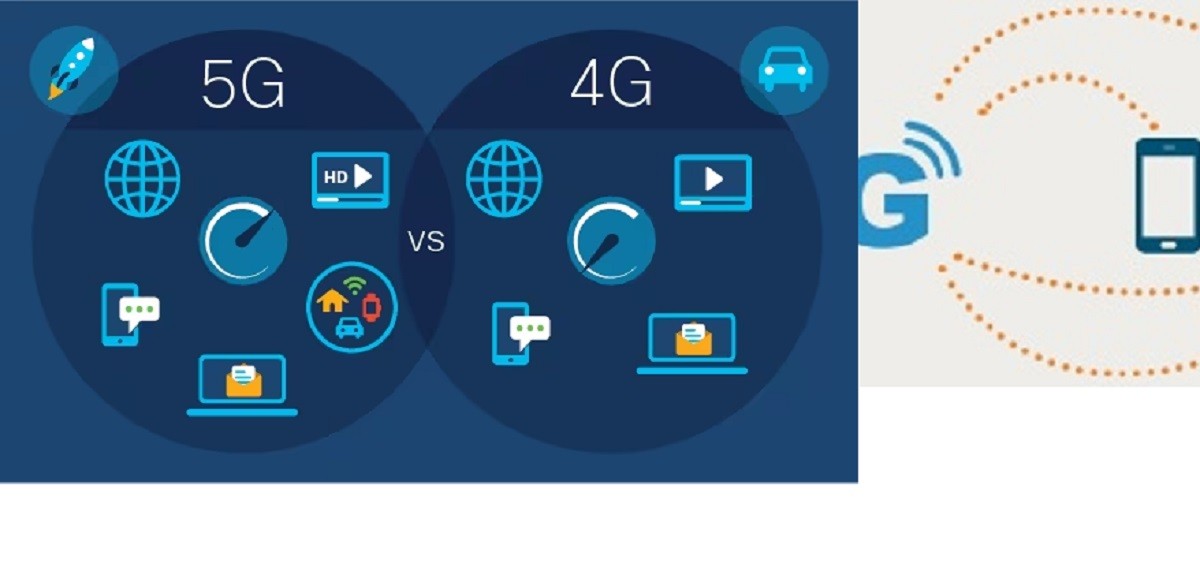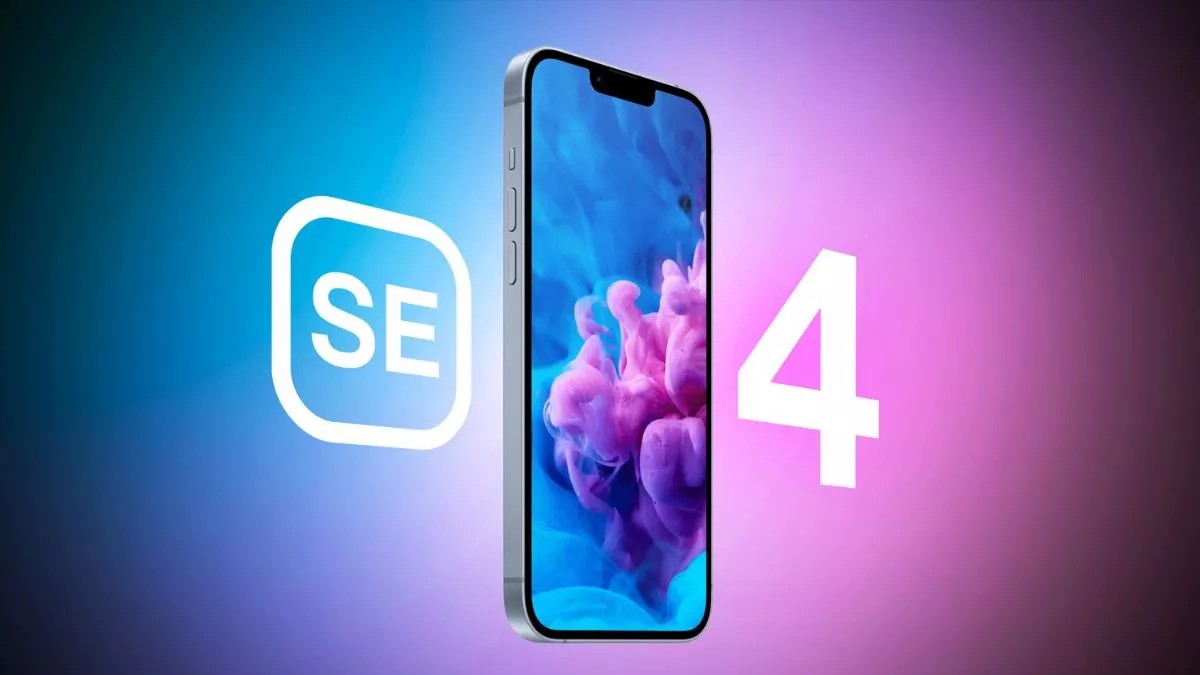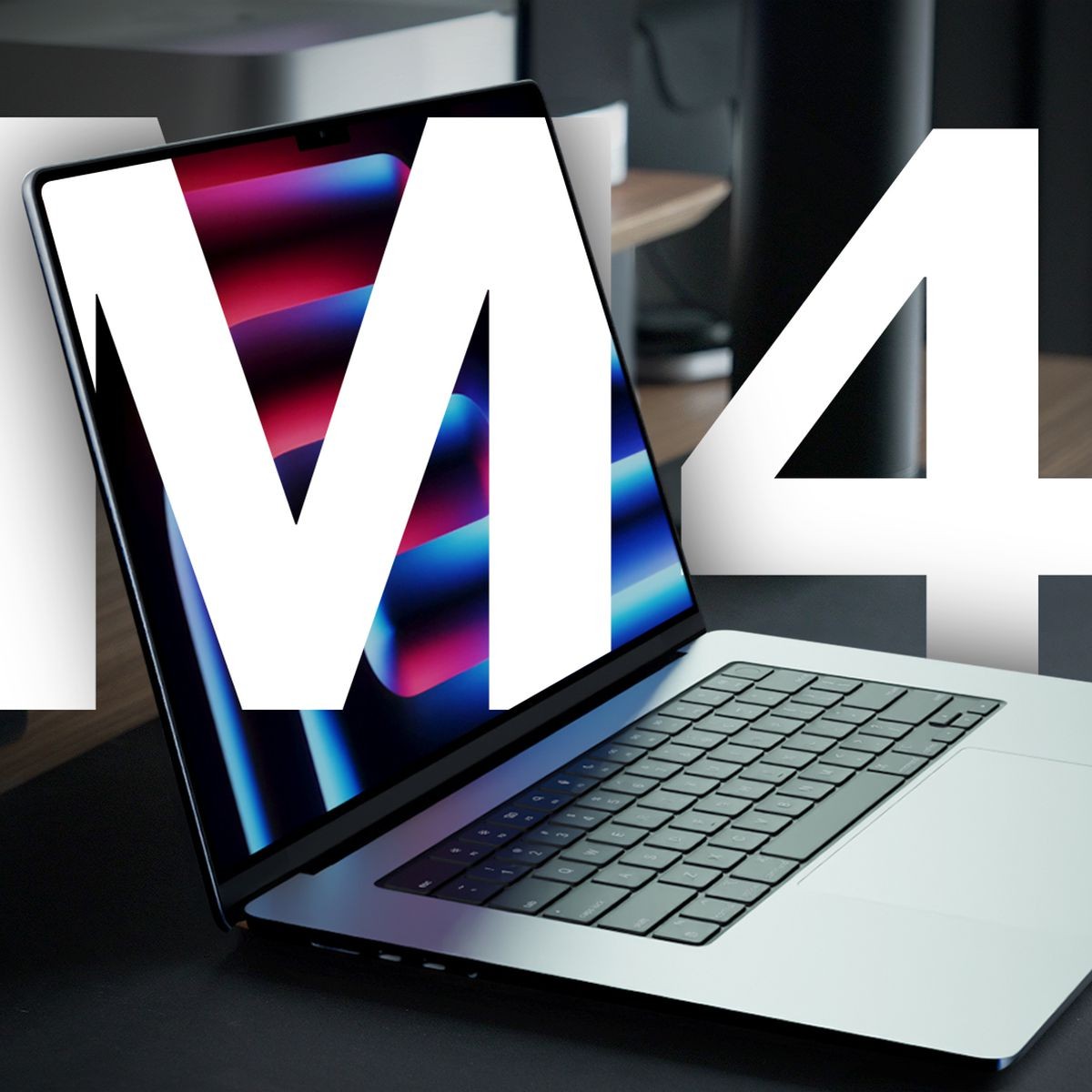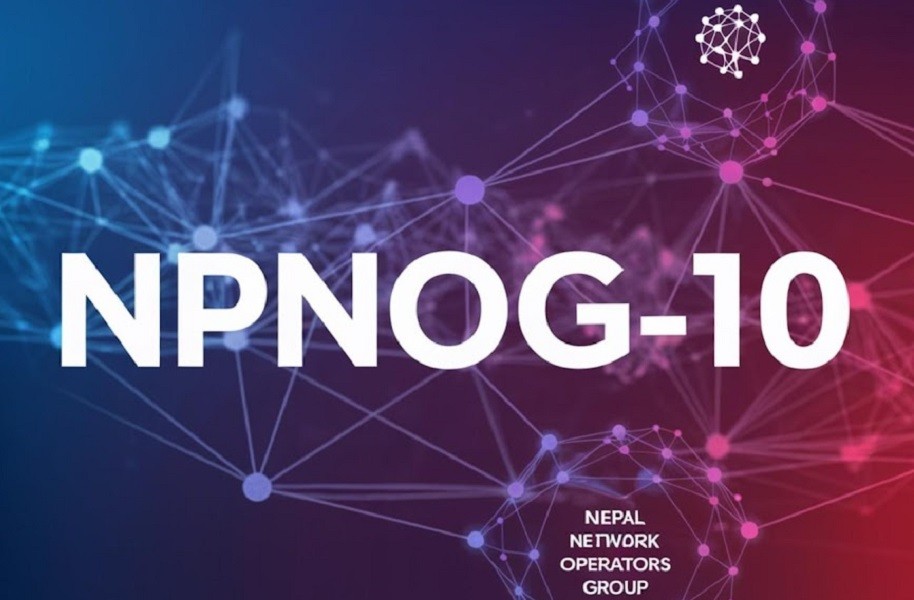
Speed. Theoretically speaking, 5G will be much faster than 4G. Under ideal conditions, 5G download rates can exceed 10 gigabits per second. That's up to 100 times quicker than 4G, and it's unquestionably the level of performance required for an increasingly connected society.
The 5th generation of wireless networks addresses the evolution beyond mobile internet to massive IoT (Internet of Things) from 2019/2020. Compared with today's 4G and 4.5G (aka LTE advanced, LTE-A, LTE+, or 4G+), the main evolution is that, beyond data speed improvements, new IoT and critical communication use cases will require a new level of improved performance.
5G vs 4G also means at least x100 devices connected. 5G must support 1 million devices for 0.386 square miles or 1 km2. Also, low power consumption is what will allow connected objects to operate for months or years without the need for human assistance.
Unlike current IoT services that make performance trade-offs to get the best from current wireless technologies (3G, 4G, Wi-Fi, Bluetooth, Zigbee, etc.), 5G networks will be designed to bring the level of performance needed for massive IoT .
It will enable a perceived entirely ubiquitous connected world.
In short, that's what makes it transformational.
5G and the previous mobile generations at a glance
In the last four decades, mobile phones, more than any other technology, have quietly changed our lives forever.
Do you remember how much you loved your 2G Nokia 3310?
1G, the first generation of telecom networks (1979), let us talk to each other and be mobile
2G digital networks (1991) let us send messages and travel (with roaming services)
3G (1998) brought a better mobile internet experience (with limited success)
3.5G brought a truly mobile internet experience, unleashing the mobile app ecosystem
4G (2008) networks brought all-IP services (Voice and Data), a fast broadband internet experience, with unified network architectures and protocols
4G LTE (for Long Term Evolution), starting in 2009, doubled data speeds. While LTE boasts extensive network coverage, 5G is still in the initial phases of being rolled out.
5G networks (2019) expand broadband wireless services beyond mobile internet to IoT and critical communications segments
Virtual networks (5G slicing) tailored to each use case.
5G will support all communication needs from low-power Local Area Networks (LAN) – like home networks, such as Wide Area Networks (WAN), with the proper latency/speed settings.
This need is addressed today by aggregating various communication networks (Wi-Fi, Z-Wave, LoRa, 3G, 4G, etc.)
And 5G is more innovative.
5G is designed to allow simple virtual network configurations to better align network costs with application needs.
This new approach will allow 5G Mobile Network operators to capture a larger IoT market by delivering cost-effective solutions for low-band, low-power applications.















